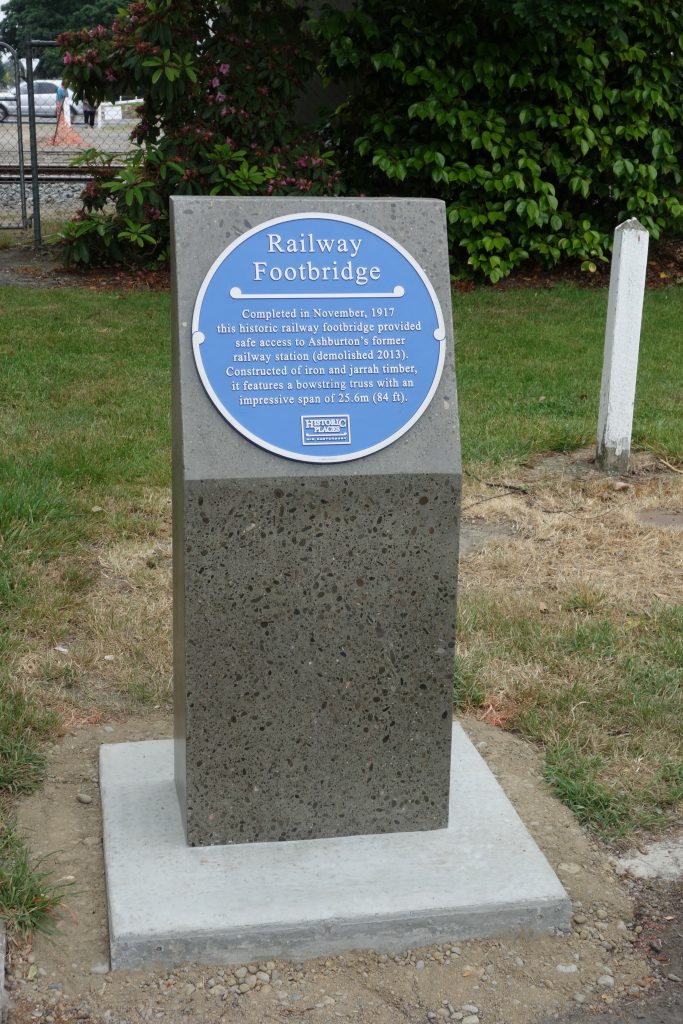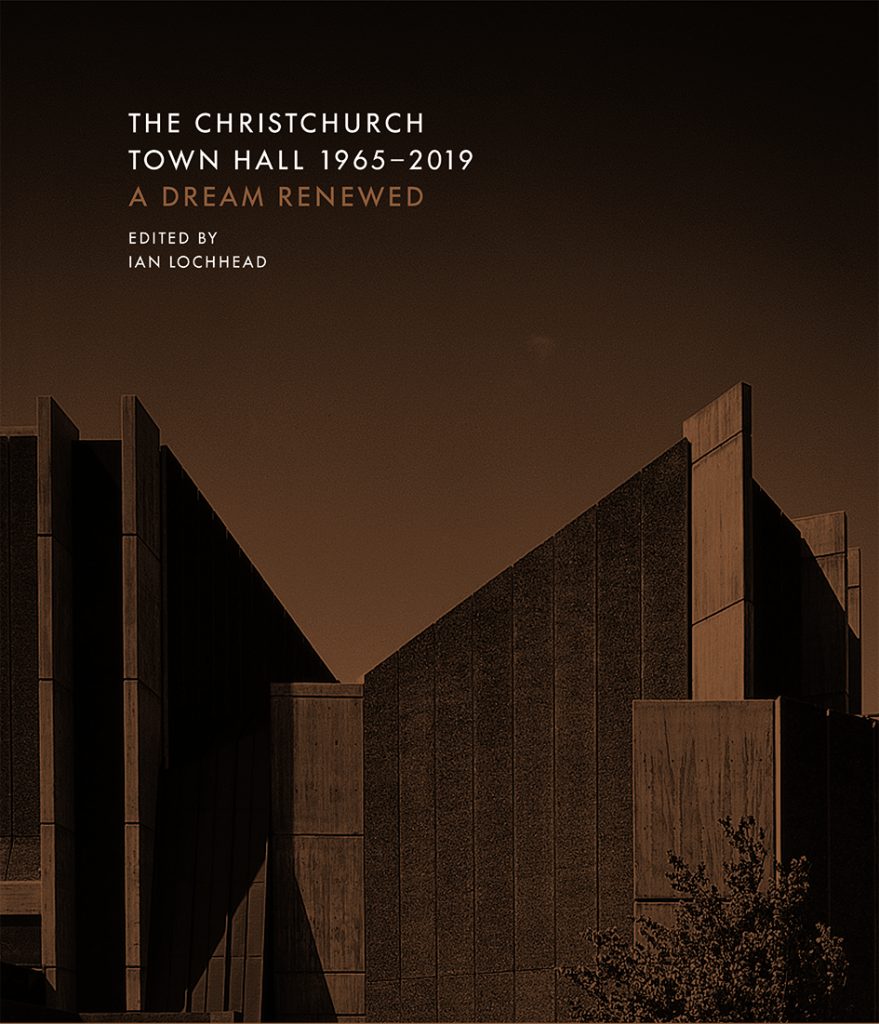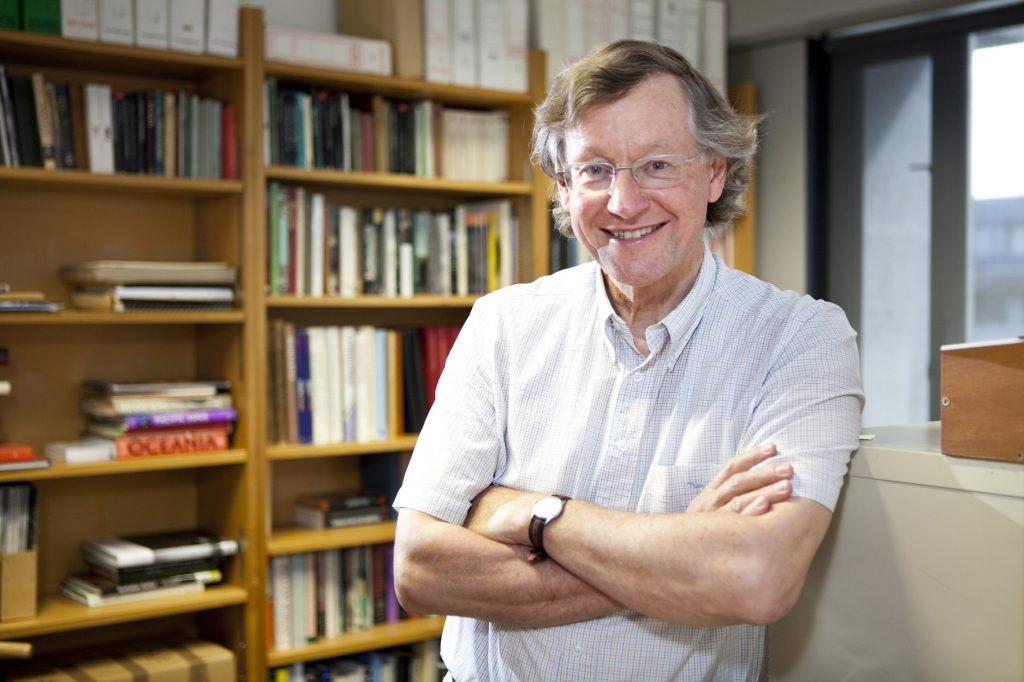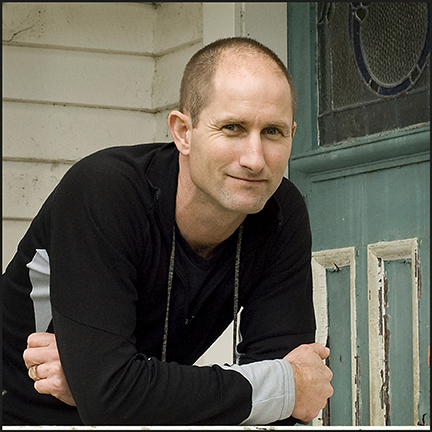“Wellington City Council headed to court over earthquake-prone buildings” RNZ Morning Report (06:12:2019)
Wellington City Council headed to court over earthquake-prone buildings :RNZ Morning Report.
The link can be found at the following:
"For the first time, a council is going to court to get the power to strengthen two heritage listed, earthquake-prone buildings - because the owners refuse to do so.
"The Wellington City Council's strengthening deadlines for the Toomath's Building on Ghuznee Street, and the Adelaide Hotel on Adelaide Road both expired in 2013.
"Now the council says despite extensive efforts to work with the building owners, there has been no progress, and it has now lost confidence they will do the necessary work.
"The council's Chief Resilience Officer, Mike Mendonca speaks to Kim Hill.
New Zealand Heritage “Blue” Plaques- The Locations (As At December 2019)
The following are the locations of the New Zealand Heritage "Blue"Plaques that have been installed. (This is the latest updated list as at December 2019. )

Railway Footbridge - East Street, Ashburton
Pioneer Hall - 239 Havelock Street, Ashburton
Church of the Holy Name - 58 Sealy St, Ashburton
Ashford’s Mill House - Ashford Craft Village, 415-429 West St, Ashburton
Federated Farmers Building - 163-165 West St, Ashburton (corner West & Tancred Sts)
Hakatere Station - Hakatere Corner, 2387 Ashburton Gorge Road
Ashburton Courthouse - Baring Square West, Ashburton (Corner Baring Sq & Cameron Sts)
Doctor’s House, Kurow - Robinson St, Kurow (cnr Robinson St & Manse Rd)
“The Christchurch Town Hall 1965–2019: A dream renewed” Edited Dr Ian Lochhead

The book has been launched.
Details at the following link:
https://historicplacesaotearoa.org.nz/the-town-hall-story-a-christchurch-dream-renewed-university-canterbury-press-media-release/
“The Town Hall story – a Christchurch dream renewed” (University Canterbury Press Media Release)

Christchurch’s proud tradition of public architecture is clear in one of the city’s favourite buildings – the Christchurch Town Hall. The city’s ‘public living room’ for hosting celebrations, concerts and civic events, the Town Hall reopened triumphantly this year after a successful campaign for its restoration.
Through the tortuous beginnings of the original project to the battle to save the complex after the earthquakes of 2010-11, a new book, published by Canterbury University Press, captures an intimate story of the Town Hall. It is fitting that former Associate Professor of Art History at UC Dr Ian Lochhead edited The Christchurch Town Hall 1965–2019: A dream renewed, since he was an early advocate of repairing and restoring the building, expressing his views in a piece titled ‘Let our public living room live again’ published in The Press on 20 March 2012.
When the facility opened to much fanfare and civic interest in 1972, the auditorium in particular was unlike anything seen in New Zealand before, Dr Lochhead explains. While Sir Miles Warren led the creative architectural team (establishing the reputation of Warren & Mahoney nationally), it was Sir Harold Marshall who was responsible for the world-class acoustics that changed the way concert halls around the world were designed from that point on.
The quality of Marshall’s acoustic design attracted performers of the calibre of Leonard Bernstein, Dame Kiri Te Kanawa, Carlos Santana and, just last month, renowned cellist YoYo Ma, and saw Christchurch recognised alongside the great concert halls of Vienna, Boston and Lucerne. The Philharmonie de Paris, which opened in 2015, took its design cues from the Christchurch Town Hall, to the extent that the French employed Marshall Day Acoustics, the practice established by Harold Marshall in 1981.
Details such as this makes the book a treat for history lovers, architecture buffs and conservation advocates alike. The compelling story of the incredibly challenging restoration is recounted in chapters by Peter Marshall and John Hare and captured in photos by former UC photographer Duncan Shaw-Brown and by Olivia Spencer-Bower.
UC returned to the Town Hall for its graduation ceremonies this year, one of many key Christchurch organisations to again use this much-loved space for their most important celebrations.
The Christchurch Town Hall 1965–2019: A dream renewed, edited by Dr Ian Lochhead, is available now in hardback edition (248pp, colour and B/W illustrations), RRP $59.99, ISBN: 978-1-98-850310-3.
Further information:

Editor Ian Lochhead taught Art History at the University of Canterbury from 1981 to 2014. He has written extensively on the history of New Zealand architecture from the colonial period to the Christchurch School. His book, A Dream of Spires: Benjamin Mountfort and the Gothic Revival, was published by CUP in 1999. He was an early advocate for the restoration of the Christchurch Town Hall following the 2011 Canterbury earthquakes; his article ‘Let our public living room live again’, was published in The Press on 20 March 2012. The Society of Architectural Historians of Australia and New Zealand made him a life member in 2013.
Dr Lochhead Image: Duncan Shaw Brown
Contributors
John Hare
Sir Harold Marshall
Peter Marshall
Martin Setchell
Sir Miles Warren
Photographers
Duncan Shaw-Brown
Olivia Spencer-Bower
Heritage Conversations: Heritage Project Management
The Next Heritage Conversation will be a presentation on Heritage Project Management by Richie Moyle, Programme Manager- CCC Heritage Capital Delivery.
The event will be held on Wednesday 4th December.(2019)
Contact Historic Places Canterbury for the details: canty@historicplacesaotearoa.org.nz
“Plan to move war memorial sparks dissent among Christchurch RSA groups” The Press Online Article
Plan to move war memorial sparks dissent among Christchurch RSA groups- the Press.
"....A proposal to move the Christchurch war memorial has been opposed by one of the largest Returned Services Association (RSA) groups in the city.
The Papanui RSA voted to oppose a plan to shift the Citizens War Memorial from Cathedral Square to Cranmer Square because the move would lower its "aesthetic, cultural and spiritual value". ...
"... Christchurch Civic Trust deputy chair Ross Gray, who is leading a campaign against the move, said the Papanui RSA vote was significant.
"The Papanui RSA is considerably larger than the Christchurch RSA," he said.
"We oppose this notion that you can move an important heritage item from Cathedral Square and stick it in another iconic and important space like Cranmer Square." ..
Ross Gray is also Deputy Chair of Historic Places Canterbury.
Historic Places Canterbury: Protected Heritage Buildings Make Up Just 00.25% Of The Total Christchurch Building Stock
The following is the link to the Oculus article:
Protected Heritage Buildings Make Up Just 00.25% Of The Total Christchurch Building Stock
Protected Heritage Buildings Make Up Just 00.25% Of The Total Christchurch Building Stock
Historic Places Canterbury has data that backs strong public arguments for Heritage Retention
The following article appeared in the HPA Oculus September 2019 Newsletter.
Historic Places Canterbury (HPC) has found that only just one quarter of one percent of the total number of Christchurch Buildings have heritage protection.
Historic Places Canterbury using the Christchurch City Council data has found that scheduled Heritage Buildings (under the District Plan) make up a risible and paltry 00.25% of the total number of Christchurch Buildings.
In the Christchurch Central Business District we found the Heritage Buildings make up just 5.5% of the total number of buildings. (This percentage will drop significantly as new buildings are built on the empty sites.)
HPC considers that having such statistics is a great public talking point in any Public Debate about Built Heritage.
Firstly, we can authoritatively refute any claims, made or implied, that there are too many heritage buildings being protected. It would be hard to argue 00.25% is anything but a very small number.
Secondly, we can argue that as we have so few protected Heritage Buildings, authorities and developers should be protecting them as they are quantifiably rare in number. Taking as an example the CBD with 5.5% being Heritage Buildings means that 94% of the Buildings have no protection and can be developed.
Thirdly, we can argue that as the number and percentage is so low and are qualitatively rare, the Christchurch City Council and Heritage New Zealand should be vigorously defending any attempts to demolish protected Built Heritage.
Fourthly, as our Built Heritage is so scarce, the Christchurch City Council (and HNZ) should be making a real effort to add suitable Heritage Buildings to the District Plan for protection HPC respectfully suggests that Historic Places Aotearoa's Membership Organisations conduct a similar exercise.
Such statistics (or raw numbers) can be used to rebut the Developers’ public arguments against protecting a heritage building as it shows there is often a local abundance of unprotected buildings they can focus on and leave the precious few Heritage Buildings alone.
In addition using a specific local statistic provides a strong argument as to why local councils (and Heritage New Zealand) should be working harder to protect and save unequalled local heritage at hearings etc and by increasing the number of buildings being scheduled/listed.
If local statistics were collated, these local percentages provide great arguments for HPA and its Membership Organisations to lobby MPs and Councillors. Heritage Buildings are quantifiably rare treasures so they should have more protection and we should not be complacent in increasing the number which are protected.
It is also worth noting, it appears, based on the Christchurch numbers, that despite being a very small percentage of the total number of Buildings, Listed Heritage has a (huge) disproportionate influence on our Tourism marketing and City/Town/District's marketing identity and branding.
The following are the raw numbers for Christchurch:Christchurch has scheduled 573 Heritage Buildings from a total of 22,3927 Christchurch Buildings in Total (within its TLA boundary) i.e. 0.25%
The Christchurch CBD has 127 Scheduled Heritage Buildings.The Christchurch CBB has in total 2,579 Buildings ie only 5.5% are protected.
James Blackburne President HPA- A Comment ( Oculus September 2019)

The following Commentary by James Blackburne the HPA President appeared in the HPA Oculus September 2019.
While the announcement by the Prime Minister that NZ history will be a compulsory subject in our schools has been long overdue, it is equally pleasing to see the lobbying by many sectors of the community over a large number of years finally bearing fruit.
At last our children will be taught the amazing history of New Zealand. For many our history is seen as being very young, but it dates back almost 1000 years and has links through Polynesian voyaging back over 5000 years, which pre dates the pyramids of Egypt.
New Zealand’s history is full of amazing stories which link our social history to place and this is important as these links are what creates the reason to protect and preserve our heritage places. Education will in time create a community that has a deeper understanding and appreciation of what makes us and the places around us special.
Equally pleasing was the recent first reading of a bill that will see Rua Kenana pardoned. As one member of parliament stated this was an historic occasion. The pleasing aspect of whilst listening to the parties on both sides of the house debate the Bill, no one voted against the bill. In fact, all members of the house pleaded their support of the bill passing its first reading. Over the years I have had a bit on involvement with the descendants of Rua Kenana and have travelled to Maungapohatu.
It would have to be one of the most spiritual places I have ever been to. In 2002, I was privileged to have been one of the first people to have been allowed to go into Rua’s house after the tapu had been lifted. No one had been allowed in it since he left it in the 1920’s. Certainly, one of the best site visits I have ever had, but the story of Rua’s arrest was certainly a sad day in New Zealand’s history.
The more we can honestly and faithfully tell the stories of our past, the good, the bad and the ugly, the better we will be served as a country. It has the promise of bringing us together with a deeper sense of shared history and understanding and I look forward to hearing my children and my grandchildren being able to tell me things about the places where I live that I did not know.










